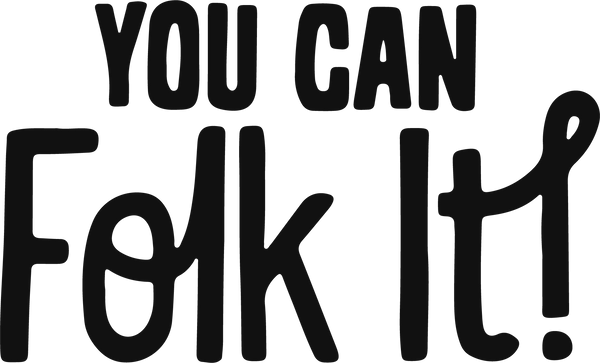Our favourite ways to add writing to our projects
When it comes to painting, adding writing can bring a new level of depth and personalization to your artwork. Whether you're a beginner or an experienced artist, integrating words into your painting projects opens up a whole new world of creative possibilities. In this blog, we will explore our favourite ways to incorporate writing into our painting projects and we hope these ideas will inspire you too.
1. Tracing and Transferring:
Your transfer paper is not just for transferring designs from the Beginners workbook! Tracing and transferring printed text is one of the simplest methods to introduce writing into your paintings. This technique is perfect because it requires no artistic ability and you can type out your meaningful phrase, name or other text in to a program like Canva, play around with the font and sizing and print it on a regular sheet of paper. Once you are happy with your design, you can secure it in place and gently trace over the lines with a pencil or pen. Once you’ve got your markings you can basecoat the letters using an appropriate brush and colour.

2. Stenciling
Stenciling is an excellent technique for painters seeking precision and consistency in their painted text. This method involves using pre-cut stencils to create uniform lettering across your canvas. Stencils are available in various fonts and sizes and this allows you to experiment with different styles. Simply position the stencil on your canvas, secure it in place, and paint over the cut-out letters with a stencil brush or sponge. Stenciling is particularly useful for larger projects like furniture or when you need to reproduce the same text multiple times.
3. Collage and Mixed Media:
Incorporating collage and mixed media elements into your painting projects offers a unique way to introduce writing. Collect snippets of newspapers, magazines, or vintage books that contain text or typography that fits with your painting/vision. Cut out the desired words or phrases and adhere them to your canvas using a suitable adhesive. Layering different textures and materials adds depth and visual interest to your artwork, transforming your canvas into a rich tapestry of mixed media elements combined with painting.

4. Transfers
Writing or painting text on to your project is a great option but with the help of DecoArt’s Matte medium, you can transfer printed text (and images) directly on to your project. We have created tutorials to guide you through this process in our Image transfer course and our Roses Text transfer course

5. Stamps
For many of us, one craft is not enough and you may already have a few stamps laying around. Why not add a handstamped sentiment to your card? This form of lettering also gives you options when it comes to working on different surfaces and acheiving different finishes because you of the different inks available. We often opt for quick drying ink (perfect for anyone prone to smudging!) but you can also choose embossing ink and powders to create a raised finish or fabric ink when painting on to material.
Adding writing to your painting projects is an excellent way to infuse your artwork with meaning, expression, and personalization. Whatever your preferences or skill level, these five techniques offer a range of options to incorporate text into your artwork. We hope you will explore these, experiment with different styles, and let your creativity flow to create something unique and meaningful. Remember, there are no limits when it comes to art, so embrace the power of words and unlock a whole new level of artistic possibilities.
